SprayFoam Magazine Documents
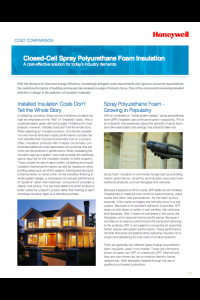
Cost Comparison: Closed Cell Spray Polyurethane Foam Insulation
With the demand for improved energy efficiency, increasingly stringent code requirements and rigorous consumer expectations, the overall performance of building enclosures has received a surge of industry focus. One of the components receiving elevated attention in design is the selection of insulation materials. read more
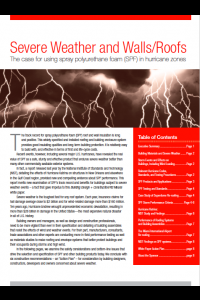
Severe Weather and Walls/Roofs
Severe Weather and Walls/Roofs: The case for using spray polyurethane foam (SPF) in hurricane zones read more
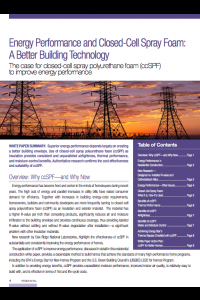
Energy Performance and Closed-Cell Spray Foam: A Better Building Technology
Superior energy performance depends largely on creating a better building envelope. Use of closed-cell spray polyurethane foam (ccSPF) as insulation provides consistent and unparalleled airtightness, thermal performance, and moisture-control benefits. Authoritative research confirms the cost effectiveness and suitability of ccSPF. read more
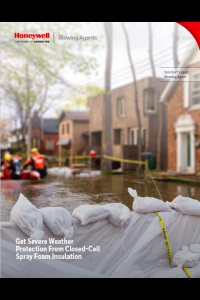
Get Severe Weather Protection From Closed-Cell Spray Foam Insulation
The Leading Insulation Choice For Severe Weather Protection: Closed-cell spray polyurethane foam insulation (ccSPF) is the ideal insulation for hurricane and severe weather zones. It adds structural strength, wind uplift resistance, and water resistance to its outstanding insulation performance. It’s also cost-effective, easy to install, durable, improves energy efficiency, and may qualify for rebates, tax credits, and reduced insurance premiums. read more
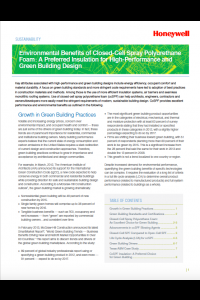
Environmental Benefits of Closed-Cell Spray Polyurethane Foam
Key attributes associated with high-performance and green building designs include energy efficiency, occupant comfort and material durability. A focus on green building standards and more stringent code requirements have led to adoption of best practices in construction materials and methods. Among those is the use of more efficient insulation systems, air barriers and seamless monolithic roofing systems. read more
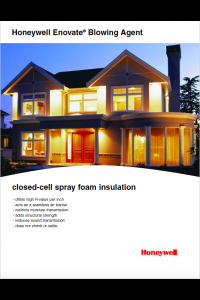
Honeywell Closed Cell Spray Foam Insulation
Closed-Cell Spray Foam Insulation: - offers high R-value per inch - acts as a seamless air barrier - restricts moisture transmission - adds structural strength - reduces sound transmission - does not shrink or settle read more
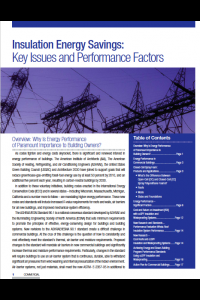
Insulation Energy Savings
Overview: Why Is Energy Performance of Paramount Importance to Building Owners? As codes tighten and energy costs skyrocket, there is significant and renewed interest in energy performance of buildings. The American Institute of Architects (AIA), The American Society of Heating, Refrigerating, and Air-Conditioning Engineers (ASHRAE), the United States Green Building Council (USGBC) and Architecture 2030 have joined to support goals that will reduce greenhouse-gas-emitting fossil-fuel energy use. read more
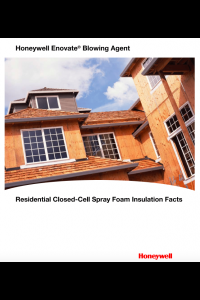
Honeywell Enovate™ Blowing Agent
Honeywell Enovate® Blowing Agent: Residential Closed-Cell Spray Foam Insulation Facts. Insulation helps create a living space that is comfortable, healthy and energy efficient. read more
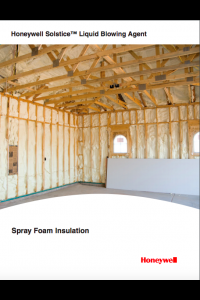
Honeywell Solstice™Liquid Blowing Agent
Honeywell Solstice™Liquid Blowing Agent is the latest advance in blowing agent technology and, with a GWP of <7, is a superior choice for use in sprayfoam insulation. Sprayfoam is used to insulate, provide air sealing and improve structural strength in buildings. The insulation potential of sprayfoam is dependent upon the insulating gas in the cells of the polyurethane foam. Solstice LBA provides the greatest insulation value. read more
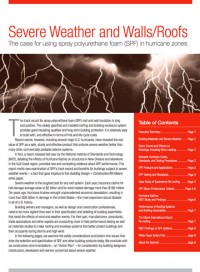
Severe Weather and Walls/Roofs
The case for using closed cell spray polyurethane foam (SPF) in hurricane and high wind zones. read more





















